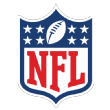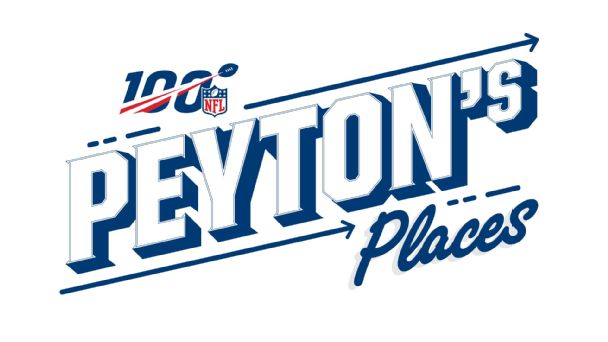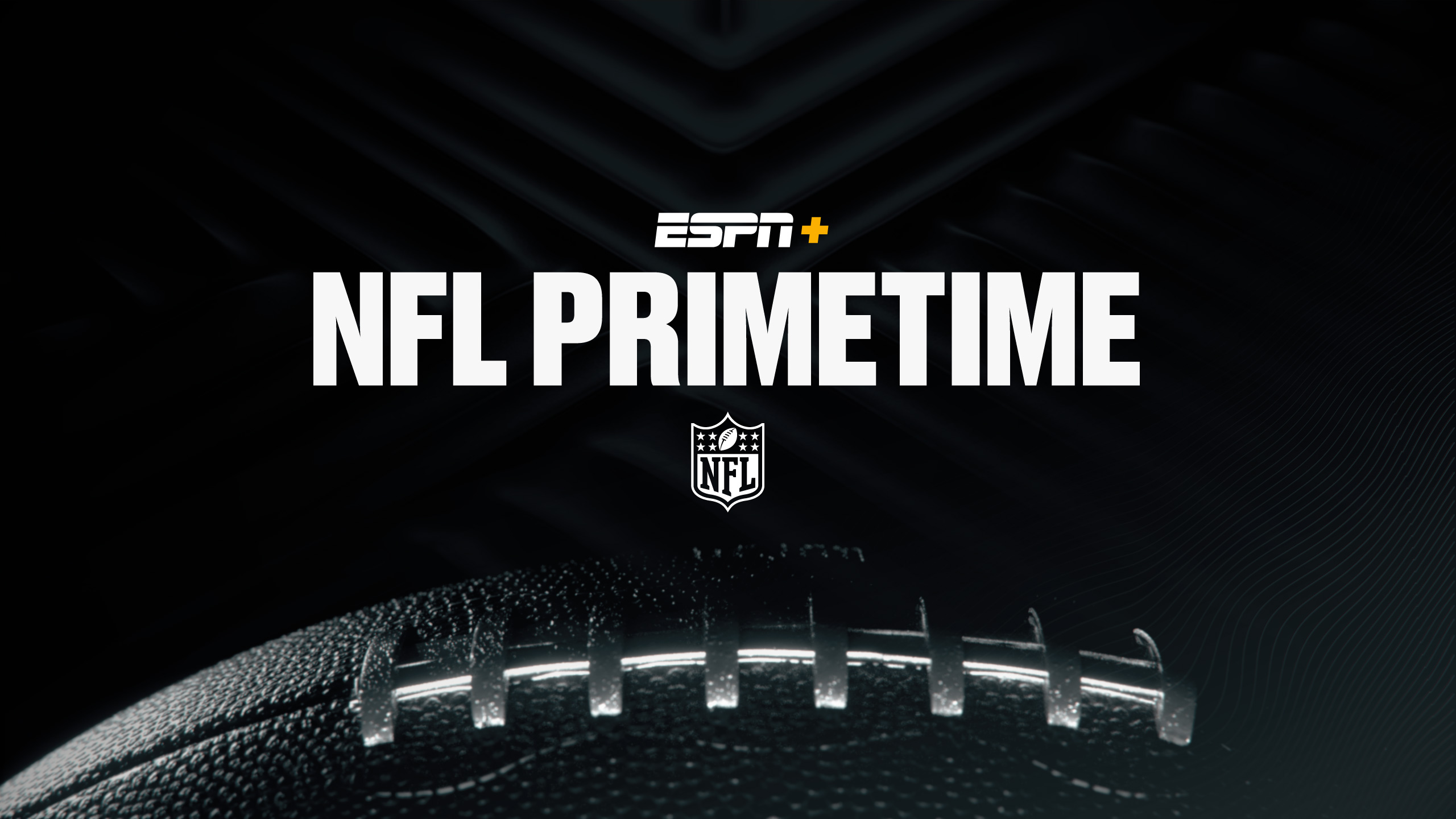Getting to the divisional round of the 2019 NFL playoffs means a team has made more good choices than bad. But for each of the remaining eight teams still alive for this weekend’s games, there’s one change that played a much bigger role in their success than any other.
We asked our NFL Nation reporters to identify the most influential change their team made that helped them get within two wins of Super Bowl LIV in Miami, how it played out and what it means going into their matchup this weekend.

4:35 p.m. ET, Saturday, NBC
49ers
![]()
Offseason priority: Supercharge their pass rush, particularly on the edge. While interior rushers DeForest Buckner and Arik Armstead had established themselves, the Niners didn’t have an outside rusher with double-digit sacks since Aldon Smith in 2013. Coach Kyle Shanahan and general manager John Lynch made it clear that the Niners needed “closers” on defense, the types of pass-rushers capable of turning some of their 11 one-possession losses in 2017 and 2018 into victories.
 What you need to know:
What you need to know:
• Full playoff schedule »
• Divisional round reset »
• Super Bowl LIV coverage »
More NFL coverage »
How it played out: The 49ers put their money and draft capital where their mouth was, trading a 2020 second-round pick for edge rusher Dee Ford and giving him an $85.5 million contract and using the No. 2 overall pick in the NFL draft on defensive end Nick Bosa. It didn’t take long for the Niners to be rewarded for those moves. With Ford, Bosa, Buckner and Armstead leading the charge, the Niners’ defensive line energized the entire team, leading to a 9-0 start and ranking among the top teams in the league in sacks and pressure. It should be noted that injuries to Ford, Ronald Blair III and D.J. Jones have taken a serious toll on their depth and production in the season’s second half.
What it means vs. Vikings: Mobile quarterbacks such as Russell Wilson, Lamar Jackson and Kyler Murray have proved difficult for the Niners’ bolstered pass rush, but the Vikings’ Kirk Cousins doesn’t boast that same athleticism, rushing for 63 yards on 31 attempts this season. The well-rested Niners, who hope to have Ford back from quad and hamstring injuries, should have a chance to pressure Cousins for most of the game. Which means the real key will be how their front holds up against Minnesota’s Dalvin Cook-centric run game, a group that finished sixth in the league in rushing yards during the regular season. — Nick Wagoner
Vikings
![]()
Offseason priority: Rebuild the offense around Kirk Cousins. The Vikings sought to inject more balance into their scheme to take pressure off the quarterback, so they hired Gary Kubiak as an assistant head coach/offensive advisor and tasked offensive coordinator Kevin Stefanski with running the Super Bowl-winning coach’s offense. But building around Cousins didn’t mean he’d be the focal point. Minnesota planned to run its offense through running back Cook, which would then allow them to effectively utilize star wide receivers Stefon Diggs and Adam Thielen and tight ends Kyle Rudolph and Irv Smith Jr.
2 Related
How it played out: After a rough start, the offense finally got it together in Week 5 and hasn’t looked back since. The Vikings discovered they were at their best as a run-first team (second-highest designed run percentage, behind the Ravens) predicated off a zone blocking scheme, which in turn opened up play-action for Cousins. He had an NFL-best 13 passing touchdowns off play-action and averaged 9.6 yards per attempt. By the end of the regular season, the Vikings were able to boast a 3,000-yard passer, 1,000-yard rusher (Cook) and 1,000-yard receiver (Diggs).
What it means vs. 49ers: Perhaps no coach knows Cousins’ strengths and weaknesses better than 49ers coach Kyle Shanahan, who was his offensive coordinator with the Redskins. That should play to the 49ers’ advantage in building a game plan to attack Cousins, but San Francisco also has to account for Cook breaking off big gains to the outside on runs or a screen (Minnesota was No. 1 in generating yards off running back screens). The Vikings are healthy, and accounting for everyone proves difficult, even for a defense as good as San Francisco’s. — Courtney Cronin

6:40 p.m. ET, Sunday, Fox
Packers
![]()
Offseason priority: Get Matt LaFleur’s program established. For almost 13 years, there was one voice — Mike McCarthy’s — at the front of the room and in quarterback Aaron Rodgers’ headset as the playcaller. It was imperative that LaFleur meshed with Rodgers from an X’s and O’s standpoint, but if he was going to get the team to buy into his program, the locker room had to know that Rodgers bought in first.
How it played out: Neither the offense nor Rodgers was much different than last year, but the buy-in was. And it led to a winning culture from the start. LaFleur was hired seemingly for his offensive prowess, but his ability to lead a room and rally a group of players was underrated. Of course, he had help from a playmaking defense that, especially early in the season, made up for the slow start by the offense. GM Brian Gutekunst deserves plenty of credit for that by adding Preston Smith and Za’Darius Smith in free agency.
What it means vs. the Seahawks: Rodgers said last week that even though they enter the playoffs on a five-game winning streak, “no one here is going to say we’re on a tear because you guys like telling us how we’re just kind of an average team that knows how to win.” He’s right, but knowing how to win might be more important. This team has nearly perfected the art of winning ugly, and that might be all that matters. — Rob Demovsky
Seahawks
![]()

To celebrate 100 years of pro football, Peyton Manning travels the country to see the people and places that made the NFL the NFL.
Watch on ESPN+ » More »
How it played out: The Seahawks used the first-round pick they got for Clark on L.J. Collier, who has made zero impact. They signed Ezekiel Ansah to a one-year deal in May and haven’t gotten much from him either. So imagine what their pass-rush would look like had GM John Schneider not pulled off a master stroke by acquiring Jadeveon Clowney from the Texans. He gave up Barkevious Mingo and Jacob Martin plus a third-round pick. Houston defrayed almost half of the money owed to Clowney by giving him a $7 million signing bonus, leaving Seattle with just his $8 million base salary. Clowney has made a much greater impact than his sack total (three in the regular season and another in the wild-card round) would suggest. He was fifth in ESPN’s Pass Rush Win Rate, scored a pair of defensive touchdowns and turned in the most dominant performance by a Seahawks D-lineman under Carroll in Seattle’s Week 10 win over the 49ers.
What it means vs. Packers: The early word from Carroll is that Clowney made it out of the Eagles game healthy enough to play on Sunday. He’s been dealing with a core-muscle injury since Week 10 that cost him two games and could require offseason surgery. Even with his injury, Clowney has been the Seahawks’ most effective pass-rusher and represents that group’s best hope for getting after Rodgers.— Brady Henderson

8:15 p.m. ET, Saturday, CBS
Ravens
![]()
Offseason priority: Develop Lamar Jackson into an NFL passer. It feels like ages ago that anyone doubted Jackson, the most electric playmaker in the game. But, in his rookie season, Jackson ran the ball (147 carries) about as much as he threw it (170 pass attempts). Critics pointed out how his passes fluttered and how he threw sidearm or off his back foot. In seven starts after taking over for the injured Joe Flacco, Jackson finished 30th in completion rate (58%) and 31st in off-target percentage (23%). His arm was Baltimore’s biggest question mark.

NFL PrimeTime continues this postseason with extended highlights and analysis following the conclusion of each day’s playoff games. Watch on ESPN+
How it played out: Jackson showed why no one should underestimate his work ethic. During the offseason, including workouts on his own, Jackson made the biggest strides with his mechanics. As a rookie, his stance got very narrow and he was up on his toes. Now, he plays with a wider base. Midway through training camp, the coaches saw Jackson’s accuracy and decision-making starting to click. He has since exploded into a superstar, leading the 14-2 Ravens to the best record in the NFL and becoming the front-runner for the league’s Most Valuable Player award.
What it means vs. Titans: Tennessee has to respect Jackson’s arm as well as his legs. Jackson led the NFL with 36 touchdown passes and recorded eight games with three or more touchdown throws, the most by a player before his 23rd birthday in NFL history. He joined Ben Roethlisberger as the only players in league history to produce multiple games in a season with a perfect 158.3 passer rating. This could be a problem for the Titans, who were one of eight teams in the regular season to allow more than 4,000 yards passing and 25 touchdown passes. — Jamison Hensley
Titans
![]()
Offseason priority: Entering the 2019 season, the Titans needed to get a true, final evaluation on Marcus Mariota before deciding whether it was time to move on from him. There were various reasons for the inconsistencies the Titans have experienced with Mariota under center. The potential that Mariota showed in glimpses during his time in Tennessee gave the Titans enough cause to pick up his fifth-year option and take one final look at him.
How it played out: Titans GM Jon Robinson signed free-agent offensive lineman Rodger Saffold and receiver Adam Humphries in addition to selecting receiver A.J. Brown with the 51st pick in the draft. Their goal was to reinforce the protection and add weapons for Mariota. Tight ends coach Arthur Smith was promoted to offensive coordinator to provide continuity for Mariota, something that he didn’t have in the past. For insurance, Robinson also acquired quarterback Ryan Tannehill via a trade with the Dolphins and somehow got them to pay $5 million of the $7 million in restructured money for their former starter. The Titans benched Mariota for Tannehill in Week 7 and the offense thrived. Over the final 10 games, Tannehill threw 22 touchdowns to five interceptions, his 65.2 Total QBR was sixth best in the NFL and the Titans went 7-3.
What it means vs. Ravens: The Titans are a much more efficient offense with Tannehill under center. They have improved drastically in areas such as red zone scoring percentage and third-down conversion rate. Tennessee’s offense ascended to third in the NFL in points and yards per game. Pairing a balanced offense with the already established defense makes the Titans a tough out for the Ravens. Their brand of physical football is ideal for traveling to a tough road environment like Baltimore. — Turron Davenport

3:05 p.m. ET, Sunday, CBS
Chiefs
![]()
Offseason priority: Improve a defense that in 2018 allowed 421 points, or 26.3 per game, which was ninth worst in the NFL. The Chiefs lost one game last season while scoring 51 points and another while scoring 40. They also lost the AFC Championship Game when they couldn’t prevent the Patriots from getting a touchdown on either of their last two possessions, the last one coming in overtime.
How it played out: The Chiefs revamped as much of their defense as was reasonably possible. They brought in a new defensive coaching staff led by coordinator Steve Spagnuolo, installed a new 4-3 base system and brought in several players who would have significant roles. The duo of safety Tyrann Mathieu and end Frank Clark alone came at a cost of $146 million in combined salary. After a slow start, the Chiefs came around defensively. They finished the season allowing 308 points, or 19.3 per game, seventh-best in the league. But over the last six games the Chiefs allowed an average of less than 12 points, best in the NFL over that span.
What it means vs. Texans: It didn’t matter much in Week 6 when the teams met at Arrowhead Stadium. The Chiefs allowed the Texans 472 yards and had difficulty getting quarterback Deshaun Watson and the Houston offense off the field. The Texans had 83 plays and controlled the ball for almost 40 minutes. The Chiefs had trouble with Watson’s mobility and failed to register a sack despite his 42 pass attempts. But the Chiefs are a different team now. They played that day without one of their key defenders in tackle Chris Jones plus linebacker Anthony Hitchens. They’ve also added a potentially important piece in pass-rusher Terrell Suggs. So it would be a surprise if the Texans controlled the game the way they did last time. — Adam Teicher
Texans
![]()
Offseason priority: After starting running back Lamar Miller tore his ACL in the Texans’ third preseason game, Houston needed help at the position and quickly. Yes, the Texans traded for Duke Johnson from the Browns earlier in August, but coach Bill O’Brien did not intend for him to be Houston’s lead back. The Texans needed to replace Miller’s production so they could use Johnson as intended.
How it played out: The Texans made four trades on cut-down day. Acquiring left tackle Laremy Tunsil and wide receiver Kenny Stills from the Dolphins and sending pass-rusher Jadeveon Clowney to the Seahawks were the splashier deals, but adding Carlos Hyde that day from Kansas City may have been the most impactful move. Hyde, who was on a one-year contract, had the best season of his six-year career, rushing for 1,070 yards and six touchdowns on 245 carries in the regular season. This was the first time in his career that he posted a 1,000-yard season, and Houston finished the season ranked ninth in the NFL in rushing, averaging 125.6 yards per game.
What it means vs. Chiefs: Before the Texans played Kansas City in Week 6, Hyde said he had a chip on his shoulder because he was with the Chiefs during the offseason before they sent him to Houston. In that game, Hyde had his first 100-yard rushing game of the season. While Watson vs. Patrick Mahomes is the marquee matchup in this game, whether the Texans and Hyde can find consistent success on the ground will be key to a Houston victory, as well. — Sarah Barshop
Credit: Source link
